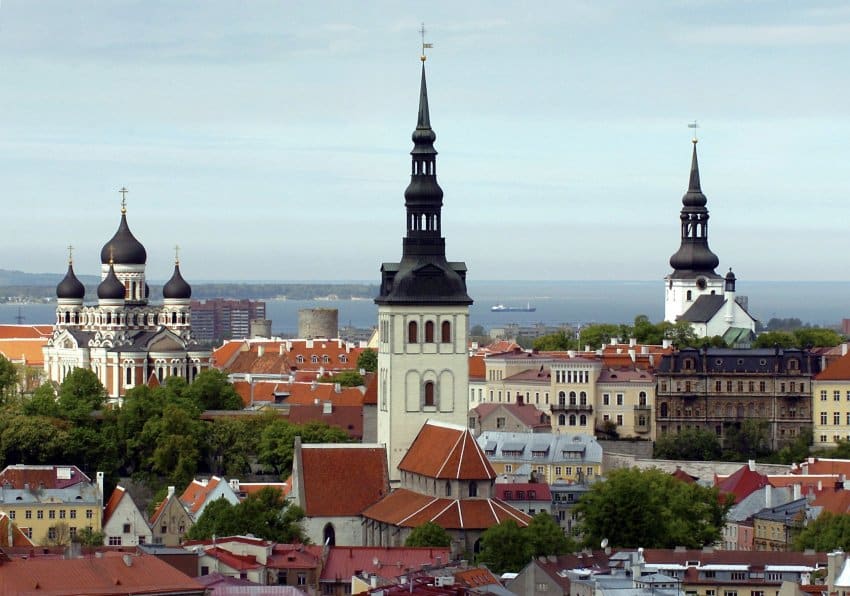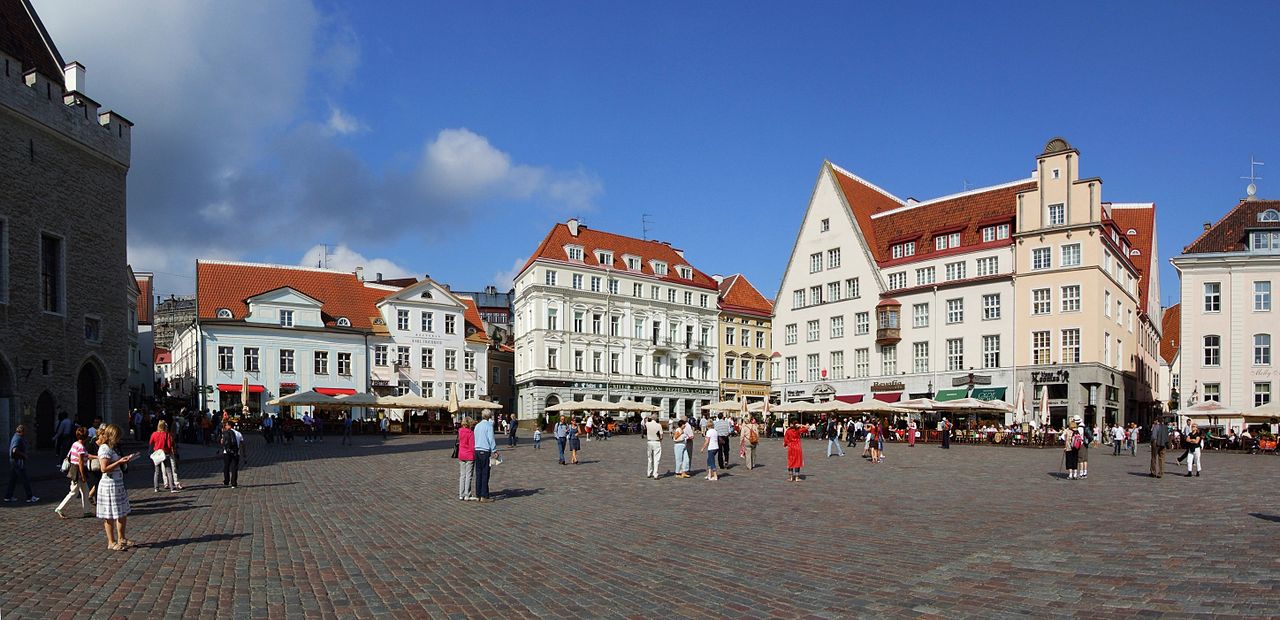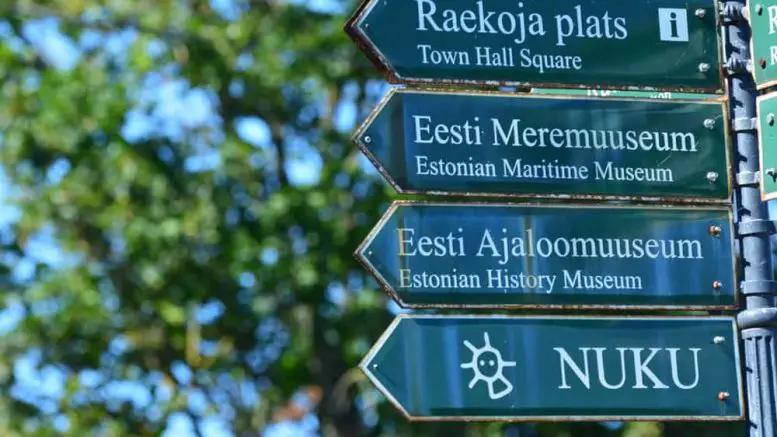On a park bench in Moscow, I befriended a lively group of young actors from Tallinn, Estonia. They had come to Russia three years earlier to study at the Moscow Art Theater, one of the top drama schools in the world. When I asked why they were speaking to one another in Russian and not Estonian, they explained they could only speak Russian. How could these students, born and raised in the capital of Estonia, not speak the language of their country?
A year later, winding my way through the medieval cobblestone streets of Tallinn while visiting my friends on summer break, I still had trouble understanding how these actors grew up in a country without knowledge of the national language.

On my third day in Tallinn, I was invited to dinner at the home of one of my friends on the outskirts of the city and finally understood how the former occupiers now live. Within a few miles, the quaint cobblestone streets of the medieval city were replaced by a sea of giant Soviet housing blocks. The only language spoken on the streets was Russian and the stores sold Russian products. My host family welcomed me into their clean but run-down apartment, going to great lengths to prepare a wonderful feast. Over dinner, my friend’s father discussed how he and his wife were born and raised in Estonia, yet after the fall of the Soviet Union, they were denied citizenship and became stateless aliens in their own country. He said that although he had graduated from the local university, he was forced to work as a construction worker, as he spoke no English or Estonian and could not find a better job.
The explanation for the dramatic change in the lives of these Russians 

The occupation began a period of Sovietization, in which the Estonian language was all but eliminated from military, diplomatic, and industrial work. An estimated 20,000 books and 5,000 volumes of periodicals in Estonian were destroyed for various censorship reasons and Russian became the only language of prestige and power. Russian control was further strengthened by Moscow’s postwar immigration policy, which encouraged ethnic Russians to immigrate to and mix with the different nationalities in the republics.
Most Estonians remember the Soviet era as an occupation with heavy-handed rule backed by an extensive military presence, and marked by inefficient and environmentally destructive industrialization and laws which were seen as discriminatory towards the local population. Tallin’s city museum records these years in a jarringly red room, with all exhibits behind bars – except the joyous 1991 declaration of independence, which is played over and over again on a loop.


The process of de-Russification also included passing two major laws. The first required all civil servants and service personal to acquire a basic knowledge of Estonian within one to four years after independence. The second stipulated that anyone who was not a citizen or who was descended from those who were not citizens before 1938 had to now apply for Estonian citizenship. However, in order to obtain citizenship, those families who had immigrated to Estonia after the Soviet occupation had to take an oath of loyalty to the Estonian Republic and demonstrate knowledge of the Estonian language. People who were unable to pass the language requirements were to be considered foreign nationals or stateless persons.
These two laws have obviously had an adverse effect on Russians in Estonia, who still account for about a quarter of the population. The majority of Russian immigrants had come to Estonia after 1938 and never had to learn Estonian, as the official langauge was Russian. In addition, under the Soviet regime, many Russians lived in separated military communities. My friend’s neighborhood in Tallinn was an example what such communities had been like. The practice further widened the language barriers between the populations.
Zhenja Vidaev, an ethnic Russian who studies at the United States Coast Guard Academy, grew up in one such community in Tallinn, and as a result, speaks absolutely no Estonian. He stated that Russian society and Estonian society, at least in Tallinn, are still very disconnected. He had studied in Russian kindergartens and schools, had only Russian friends, his family speaks only Russian, and they, likewise, don’t have any friends in Estonian-speaking society.
Will future generations of ethnic Russians in Estonia have adequate incentives to maintain their language and culture? One major factor that may determine the fate of the Russian communities is the Estonian government’s plan to close all Russian public schools by 2007, thus requiring all instruction to be in Estonian. This will be difficult for many young Russians but many of the Russians I met in Tallinn felt that this decision might be the best for the children, as they will be forced to learn Estonian and will thus later have more opportunities for jobs.
One institution that has preserved the Russian language and culture in Tallinn is the Russian Drama Theater, which was established under the Soviet Union and continues to feature Russian plays. My friends are the newest members of this theater’s troupe, and in this way, they have been charged with preserving Russian language and culture in Estonia. However, it is one of the few Russian cultural institutions in a country that seems eager to forget its Soviet past.
At its height, the Soviet Union covered nearly one-sixth of the earth’s land surface, stretching over 14 non-Russian republics, each with its own dominant language. In fact, there were over 100 languages in the USSR, but in almost all cases, these were also subjugated to the official Russian language. The USSR’s collapse sparked a very potent debate about language and nationality in these territories, as language often defines power. The Estonians lost their power and are now reclaiming it partly through language. Russians in Estonia will now have to decide whether to remain in their own social networks or to accept the changes and adapt to them in order to succeed in the changing society.



